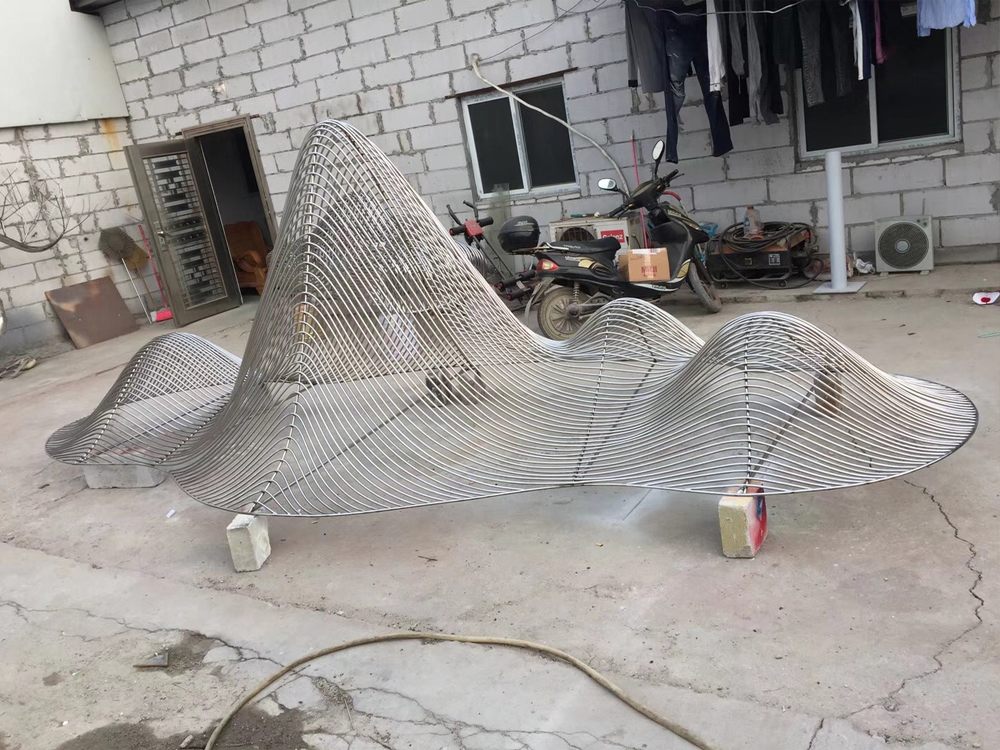
Porcelain sculpture has long been admired for its delicate beauty, but contemporary artists are pushing boundaries by incorporating text and typography into their designs. This fusion of visual art and written language creates multidimensional pieces that engage viewers both aesthetically and intellectually.
One common technique involves hand-painting calligraphic scripts onto fired porcelain surfaces. Artists carefully select glazes that complement the sculpture's form, using brushes to apply flowing letterforms that become integral to the composition. Some create illusionary effects where text appears to float across three-dimensional surfaces.
Another approach utilizes relief techniques, carving or molding letters directly into the clay body before firing. This produces tactile, three-dimensional text that viewers can physically interact with. Depth and shadow play become crucial design elements in these works.
Innovative artists are experimenting with porcelain slip casting to create freestanding three-dimensional letters and words. These typographic elements may stand alone as sculptural forms or integrate with figurative pieces. The translucent quality of thin porcelain adds ethereal beauty to letterforms.
Some contemporary practitioners combine digital and traditional methods, using laser engraving to precisely etch intricate typography onto porcelain surfaces. This allows for remarkable detail while maintaining the medium's organic feel.
The incorporation of text transforms porcelain sculptures into narrative pieces, where meaning emerges through both form and language. Whether quoting poetry, displaying single powerful words, or creating abstract letter compositions, these works demonstrate how typography can elevate ceramic art to new expressive heights.
Artists carefully consider how text interacts with light and shadow across porcelain's glossy surfaces, often designing works to reveal different messages as viewers move around them. This dynamic quality makes typographic porcelain sculptures particularly engaging in gallery settings.
From delicate china pieces with barely visible micro-text to bold installations featuring oversized ceramic letters, the fusion of typography and porcelain continues to evolve as artists explore this compelling intersection of craft and communication.

